Teknologi Canggih #04: Antonov An-225 Mriya Pesawat Cargo Terbesar di Dunia Buatan Rusia

1218

5
2 dari 4 Kompasianer menilai Inspiratif.
TEKNOLOGI CANGGIH |
Canggih #04Antonov An-225 Mriya Pesawat Cargo terbesar di dunia buatan Rusia |
| Artikel Teknologi Canggih ini dimaksud untuk memberi motivasi kepada Pemerintah, Bangsa, dan Rakyat Indonesia, agar tergerak untuk memiliki dan menguasai Teknologi Canggih semacam ini. Memang hal ini adalah sebuah mimpi, tetapi mimpi yang bisa menjadi kenyataan, asal kita bisa menjalankan strategi yang benar dalam memajukan Bangsa dan Negara kita. Strategi jangka panjang yang baik harus disusun oleh ahli-ahli dan elit-elit kita, jangan elit-elit kita berantem melulu. Strategi untuk 30 tahun atau 50 tahun mendatang bagi Negara Indonesia yang kaya raya ini harus disusun, kalau undang-undang nya tidak memungkinkan untuk membuat strategi ini, ya undang-undangnya dirubah. |
 |
Antonov An-225 Mriya (bahasa Ukraina: Антонов Ан-225 Мрія) merupakan pesawat terbesar kedua didunia yang diciptakan oleh Perusahaan Antonov. Nama belakang pesawat ini Мрія (Mriya) yang dalam bahasa Ukraina berarti Mimpi atau Inspirasi. Dahulu pesawat ini digunakan untuk mengangkut pesawat ulang alik Buran menggantikan Myasishchev VM-T. Namun seiring dengan bubarnya Uni Soviet pada tahun 1991 dan proyek Buran yang tidak dilanjutkan lagi tahun 1993 pesawat ini terpaksa tidak beroperasi (tidak tampak) selama hampir 8 tahun. Sebenarnya, pesawat ini ada dua. Namun hanya satu yang beroperasi (UR-82060), sedangkan yang kedua diperkirakan akan rampung di tahun 2008. Pada tahun 2001, pesawat ini kembali dioperasikan dengan menjadi pengangkut berat yang bernomor penerbangan UR-82060 (yang sebelumnya СССР-82060) sampai sekarang.
General characteristics
DevelopmentThe An-225 was designed for the Soviet space program as a replacement for the Myasishchev VM-T. Able to airlift the Energia rocket’s boosters and the Buran space shuttle, its mission and objectives are almost identical to that of the United States‘ Shuttle Carrier Aircraft.[2]The An-225 first flew on 21 December 1988. The aircraft was on static display at the Paris Air Show in 1989 and it flew during the public days at the Farnborough air show in 1990. Two aircraft were ordered, but only one An-225 (tail number UR-82060[3]) was finished. It used to be commercially available for carrying ultra-heavy and oversize freight, up to 250,000 kg (550,000 lb) internally,[2] or 200,000 kg (440,000 lb) on the upper fuselage. Cargo on the upper fuselage can be 70 metres (230 ft) long.[4] A second An-225 was partially built during the late 1980s for use by the Soviet space program. The design of the second An-225 included a rear cargo door and a redesigned tail with a single vertical stabilizer. It would be more effective for cargo transportation.[5] Following the collapse of the Soviet Union in 1991 and the cancellation of the Buran space program, the lone operational An-225 was placed in storage in 1994.[6] The six Ivchenko Progress engines were removed for use on An-124s, and the second uncompleted An-225 airframe was also stored. The first An-225 was later re-engined and put into service. By 2000, it had become apparent of the need for additional An-225 capacity, the decision was made in September 2006 to complete the second An-225. The second airframe was scheduled for completion around 2008,[7] then delayed. By August 2009, the aircraft had not been completed and work had been abandoned.[1][8] DesignBased on Antonov’s earlier An-124, the An-225 has fuselage barrel extensions added fore and aft of the wings, which received root extensions to increase span. Two more Ivchenko Progress D-18T turbofan engines were added to the new wing roots, bringing the total to six, and an increased-capacity landing gear system with 32 wheels was designed. The An-124’s rear cargo door and ramp were removed to save weight, and the empennage was changed from a single vertical stabilizer to a twin tail with an oversized horizontal stabilizer. The twin tail was essential to enable the plane to carry very large and heavy external loads, which would otherwise disturb the aerodynamics of a conventional tail. Unlike the An-124, the An-225 was not intended for tactical airlifting and is not designed for short-field operation.[2]Initially the 225 had a maximum gross weight of 600 tonnes (1,320,000 lb) but the aircraft was modified in 2000-01, at a cost of US$20M, with a reinforced floor which allowed increasing the maximum gross weight to 640 tonnes (1,410,000 lb),[9][10][11] Both the earlier and later takeoff weights establish the An-225 as the world’s heaviest aircraft, being heavier than the double-decker Airbus A380 even though Airbus plans to pass the An-225’s maximum landing weight with 591.7 tonnes (1,304,000 lb) for the A380.[12] The Hughes H-4 Hercules, known as the “Spruce Goose”, had a greater wingspan and a greater overall height, but was considerably shorter, and due to the materials used in its construction, also lighter. In addition, the Hercules only flew once and never climbed above 21.3 m (70 ft), making the An-225 the largest aircraft in the world to take off multiple times.[13] The An-225 is not only larger than the Airbus A380 airliner, it is also considerably bigger than the Antonov An-124, Boeing 747 Large Cargo Freighter, and Lockheed C-5 Galaxy, the nearest equivalent heavy cargo aircraft. Operational historyIn the late 1980s, efforts were begun by the Soviet government to generate revenue from its military assets. In 1989, a holding company was set up by the Antonov Design Bureau as a heavy airlift shipping corporation under the name “Antonov Airlines“, based in Kiev, Ukraine and operating from London Luton Airport in partnership with Air Foyle HeavyLift.[4][14]As the Soviet space program was in its last years, the An-225 was considered and accepted to be the prime way to transport the Buran Shuttle. The Buran Shuttle was a spacecraft much like the United States’ Space Shuttle. The company initiated operations with a fleet of four An-124-100s and three Antonov An-12s, but by the late 1990s a need for aircraft larger than the An-124 became apparent. In response, the original An-225 was re-engined, modified for heavy cargo transport, and placed back in service under the management of Antonov Airlines. On 23 May 2001, the An-225 received its type certificate from the Interstate Aviation Committee Aviation Register (IAC AR).[15] In September 2001, carrying a record load of 253.82 tonnes (279.79 short tons) of cargo, the An-225 flew at an altitude of 2 km (6,600 ft) over a closed circuit of 1,000 km (620 mi) at a speed of 763.2 km/h (474.2 mph).[16] The type’s first flight in commercial service departed from Stuttgart, Germany on 3 January 2002, and flew to Thumrait, Oman with 216,000 prepared meals for American military personnel based in the region. This vast number of ready meals was transported on some 375 pallets and weighed 187.5 tons.[17] Since then, the An-225 has become the major workhorse of the Antonov Airlines fleet, transporting objects once thought impossible to move by air, such as locomotives and 150-ton generators, and has become a valuable asset to international relief organizations for its ability to quickly transport huge quantities of emergency supplies during disaster relief operations.[18] Beginning in June 2003, the An-225, along with An-124s, delivered over 800 tons of equipment to aid humanitarian efforts in Iraq.[19] The An-225 has also been contracted by the Canadian and U.S. governments to transport military supplies to the Middle East in support of Coalition forces.[18] In November 2004, FAI placed the An-225 in the Guinness Book of Records for its 240 records. On 11 August 2009, the heaviest single cargo item ever sent via air freight was loaded onto an Antonov 225. At 16.23 metres (53.2 ft) long and 4.27 metres (14.0 ft) wide, the consignment–a generator for a gas power plant in Armenia and its loading frame–weighed in at a record 189.09 tonnes (416,900 lb).[20] Also during 2009, the An-225 was painted in a new blue and yellow paint scheme.[21] In February 2010, the An-225 transported 108 tonnes of construction machinery from Japan to Santo Domingo, Dominican Republic for quake-stricken Haiti.[22] Operators |
Klik disini bila ingin lihat Artikel lain. | |||||||||||||||||||||
|

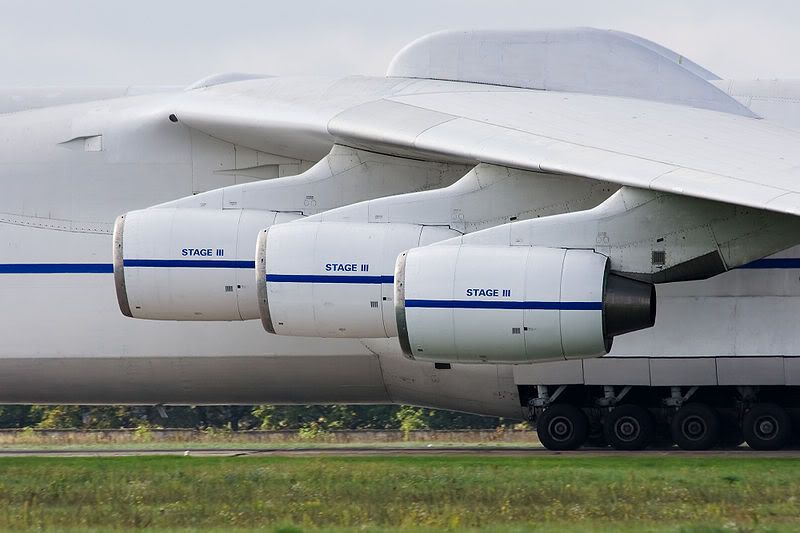

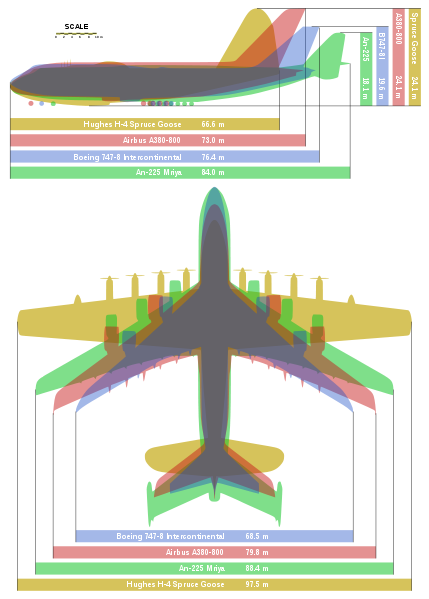
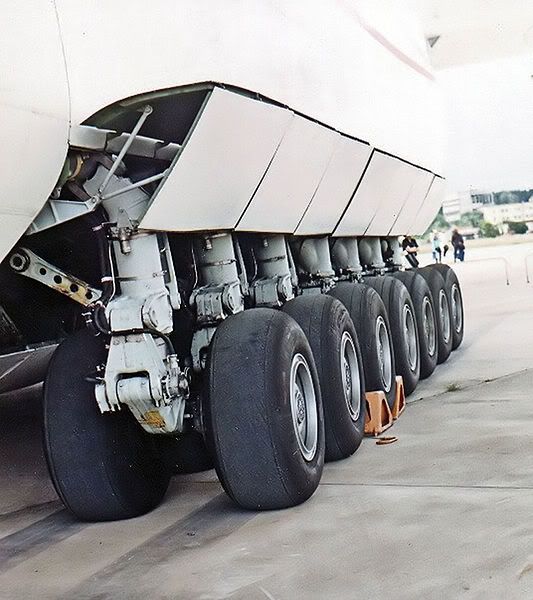
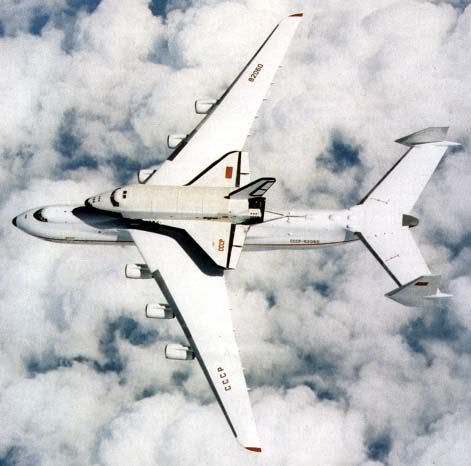
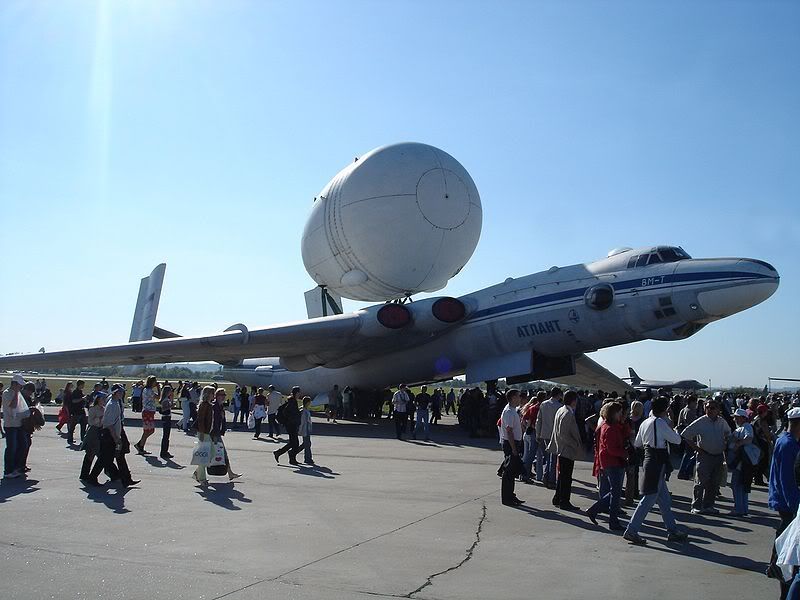
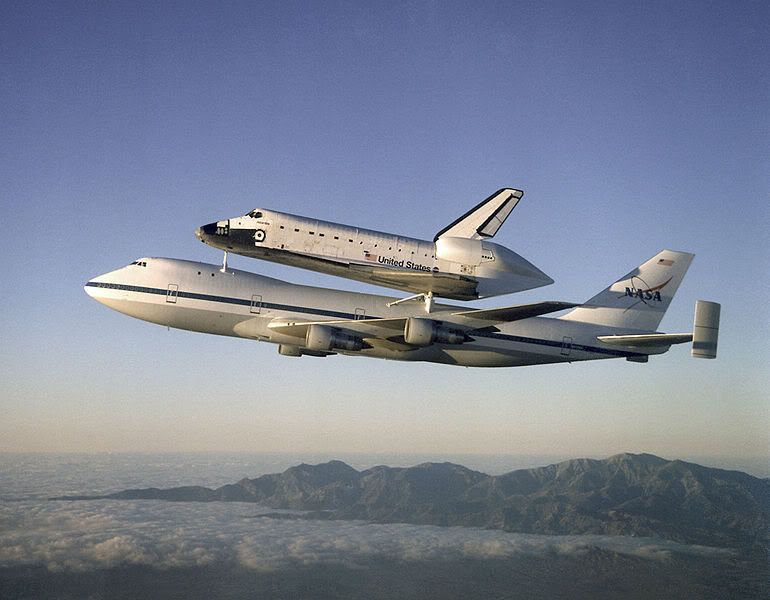









0 komentar:
Posting Komentar